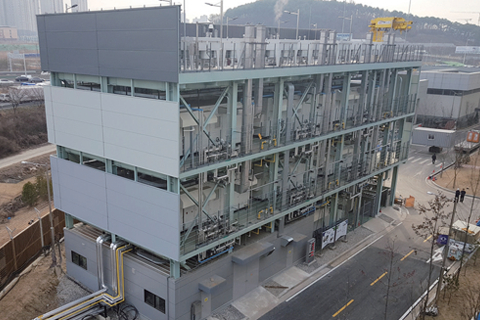- Renewable Energy
- Renewable energy is the most efficient, economically available energy when connected with the district heating system. The waste incineration heat and methane gas emitted from landfill are recovered and used for the production of district heating heat, and wood-based biomass, SRF, sewage heat, biogas, geothermal, and photovoltaic are also useful energy resources in conjunction with the cogeneration and district heating network.
Photovoltaic
A total of 8.9MW photovoltaic facilities are in operation, including Gangnam, Hwaseog, Bundang, Gangneung, and 11,000MWh of electricity is produced annually (as of 2023).
Photovoltaic power generation facility in Sinan, Jeollanam-do Province
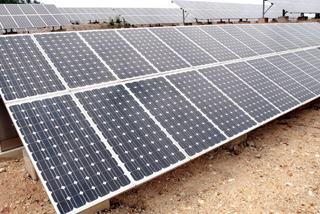
Photovoltaic power generation facility for heat source in the southeast region
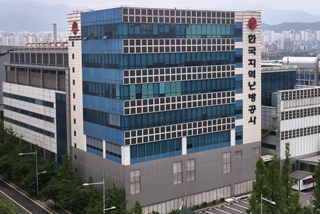
Wind Power
- Wind power in Shinan, Jeollanam-do Province (63MW)
- A large-scale wind power generation project was implemented in Jaeun-do, Sinan-gun, Jeollanam-do Province, and commercial operation began in June 2020 (joint project)
Wind power plant in Sinan, Jeollanam-do Province
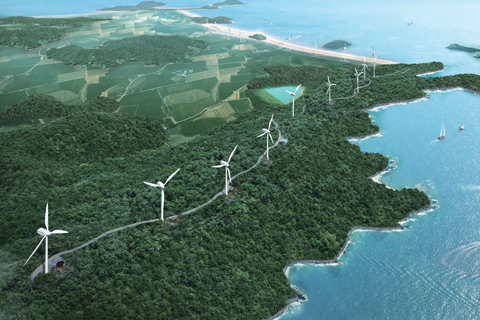
Waste Energy
Incineration heat and incineration vapor
Using incineration heat, 1,587 Gcal (as of 2023) of heat has been generated annually, and 85,000 MWh of electricity has been produced by the incineration steam (as of 2023).
Gangnam Resource Recovery Facility and Gangnam Branch
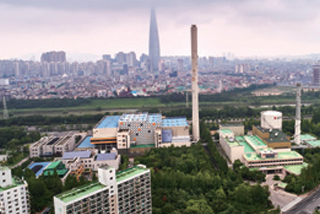
Mapo Resource Recovery Facility and Central Branch
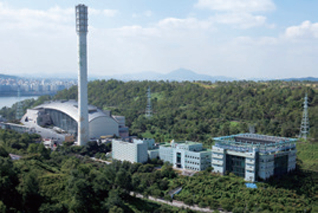
Expansion of renewable energy business
- Performing a renewable energy project with facility size of 22MW + 45Gcal/h using solid fuel (SRF) in Gwangju Jeonnam Innovation City, Produces 55,000MWh of electricity and 67,000Gcal of heat(as of 2022).
- Contribute to resource circulation through energy conversion of waste resources by utilizing SRF, which is fueled after sorting and sorting combustible waste among domestic waste, for cogeneration.
SRF Power Generation Facility in Gwangju, Jeollanam-do Province
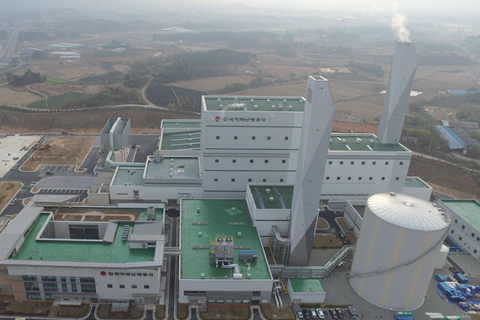
Utilization of landfill gas, bio-gas and sewage heat
- Production 110,000Gcal of heat and 10,000MWh of electricity using landfill gas (LFG) and biogas(as of 2023).
- Landfill gases (LFG) generated from waste landfills in Nanjido-Seoul, Daegu, are collected and used as heat source for district heating, contributing to the consumption of waste resource as energy and improving the atmospheric environment.
- A cogeneration project is carried out to generate heat and electricity by utilizing the biogas generated by the Mapo Nanji Water Regeneration Center.
- Heat energy generated from groundwater and sewage treatment water whose temperature is lower than the air temperature in summer and higher in winter is recovered with heat pump and used as heat source for district heating.
Landfill Gas Station
in Bangcheon-ri, Daegu
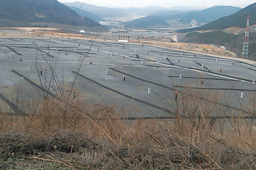
Nanji Water Renewable
Energy Facility
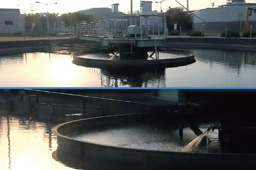
Sewage Energy Facility
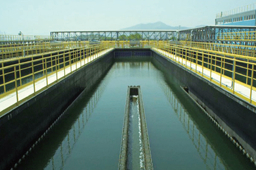
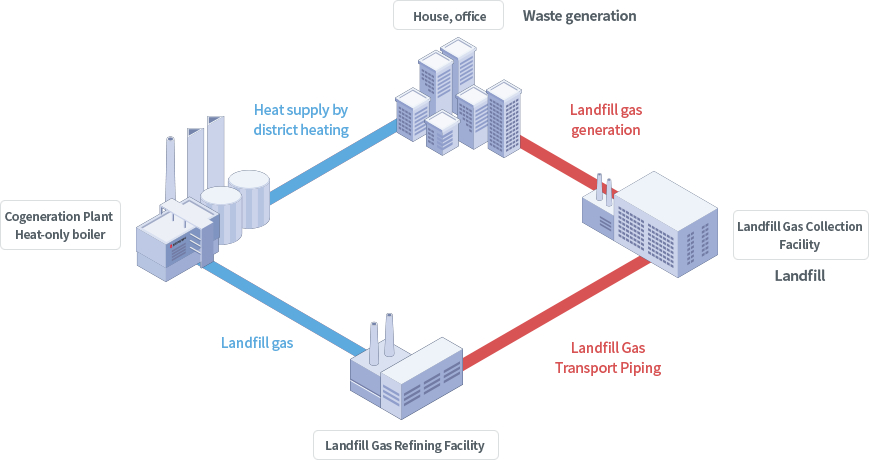
- House, office
- Waste generation
- Landfill gas generation
- Landfill Gas Collection Facility
- Landfill
- Landfill Gas Transport Piping
- Landfill Gas Refining Facility
- Cogeneration Plant, Heat-only boiler : House, office
Woodchip
The Daegu branch expanded the production of renewable energy to 79,000 Gcal and 13,000MWh (as of 2023) by using (processed and crushed) pine wilt disease-afflicted wood discarded from the forest.
Daegu Woodchip Cogeneration Facility
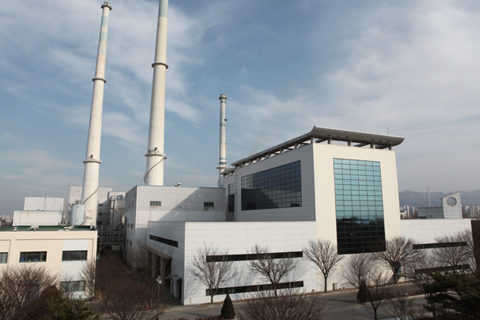
Hydrogen Energy and Fuel Cell
- Fuel cell is a highly efficient, eco-friendly power generation system that produces electricity and heat energy through the electrochemical reaction of hydrogen and oxygen.
- The Dongtan branch operates its own fuel cell facility (11.44MW + 8.8Gcal/h) and SPC-type Noeul fuel cell facility (20MW + 10Gcal/h).
Dongtan Fuel Cell Facility
